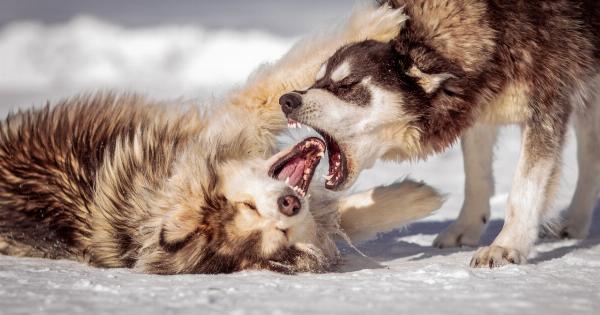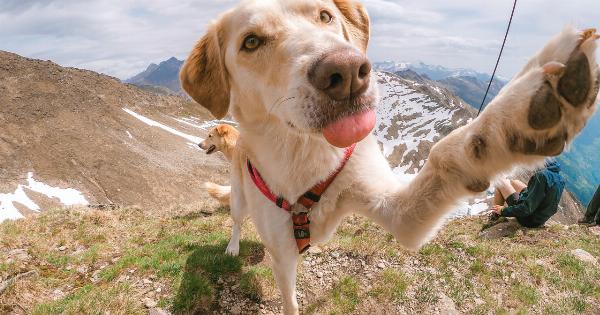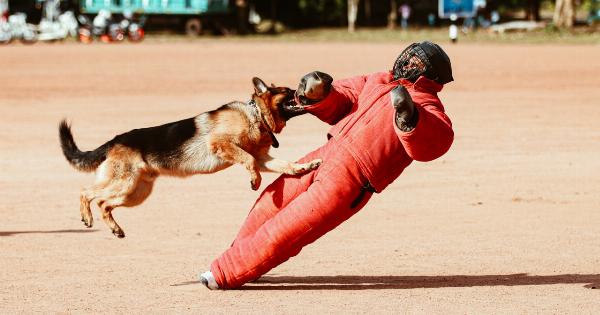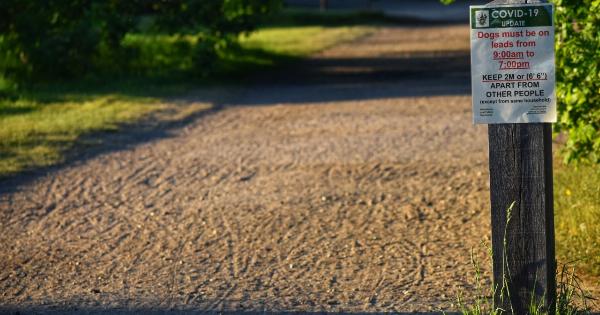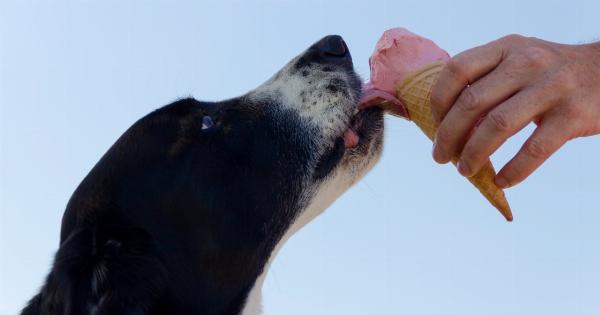Aggressive behavior in dogs can be a serious concern for owners, neighbors, and the community at large. Whether it stems from fear, territoriality, or other underlying factors, it is essential to prioritize safety when dealing with aggressive dogs.
By understanding the causes of aggression, employing preventive measures, and implementing effective strategies, it is possible to maintain safety and manage aggressive dogs responsibly.
Causes of Aggression in Dogs
Aggression in dogs can manifest in various forms, including growling, snapping, biting, or lunging. Understanding the underlying causes can help in preventing and addressing aggressive behavior. Several factors can contribute to dog aggression:.
- Fear or Anxiety: Dogs may become aggressive when they feel threatened or scared. Past traumatic experiences or a lack of socialization can contribute to fear-based aggression.
- Territoriality: Dogs may exhibit aggression when they perceive a threat to their territory. This could be directed towards humans or other animals encroaching on their perceived space.
- Protectiveness: Dogs, especially females with puppies, may become protective and display aggression if they believe their family is in danger.
- Resource Guarding: Dogs may become possessive and aggressive over food, toys, or any valuable resources, especially if they have a history of scarcity or competition.
- Unresolved Conflicts: Dogs that have had negative interactions or conflicts, either with other dogs or humans, may develop aggression as a defensive response.
Preventive Measures
Prevention is crucial to avoid or minimize aggressive behavior in dogs. Responsible owners should consider the following measures:.
- Early Socialization: Introduce puppies to various environments, people, and other animals from an early age. This helps them develop positive associations and reduces the likelihood of fear-based aggression later in life.
- Positive Reinforcement Training: Use reward-based training methods to reinforce desired behaviors and discourage aggression. Seek guidance from professional trainers if needed.
- Spaying/Neutering: Sterilizing dogs can help reduce hormonal influences that may contribute to territorial and protective aggression.
- Establish Clear Rules and Boundaries: Consistency and appropriate discipline help dogs understand their place in the family and minimize the likelihood of resource guarding or dominance-based aggression.
- Provide Mental and Physical Stimulation: Boredom and excess energy can lead to frustration and, in turn, aggression. Regular exercise, enrichment activities, and interactive toys can help alleviate these issues.
Handling Aggressive Dogs
When dealing with aggressive dogs, it is essential to prioritize safety for everyone involved. Here are some crucial strategies to employ:.
- Do Not Punish or Encourage Aggression: Punishment may exacerbate aggression or lead to fear-based defensive responses. Avoid yelling, hitting, or using aversive methods, as they can escalate the situation.
- Consult a Professional: Seek guidance from a qualified animal behaviorist or a certified dog trainer experienced in dealing with aggressive behavior. They can assess the situation, provide specific training techniques, and help address the root causes.
- Use Appropriate Restraints: When in public or around unfamiliar individuals or animals, use a sturdy leash and a well-fitting muzzle if necessary. Ensure the safety of others while seeking professional guidance.
- Secure Your Property: Prevent your dog from escaping and potentially harming others by securely fencing your yard, fixing any gaps or holes, and considering additional security measures like alarms or warning signs.
- Provide a Safe Space: Create a designated area where your dog can calm down and feel secure. Use positive reinforcement techniques to encourage relaxation and reward calm behavior.
Interacting with Aggressive Dogs
When encountering an aggressive dog, whether stray or owned by someone else, it is essential to follow these guidelines to maintain personal safety:.
- Stay Calm: Dogs can sense fear or anxiety, which may escalate their aggression. Maintain a calm demeanor, avoid sudden movements, and speak in a low, soothing tone.
- Avoid Direct Eye Contact: Eye contact can be perceived as a challenge or threat. Instead, keep your peripheral vision on the dog while avoiding direct confrontation.
- Do Not Run: Running away may trigger a dog’s predatory instincts, leading to a chase and potential attack. Instead, slowly and calmly walk backward, keeping the dog in your peripheral vision.
- Gently Block: If an aggressive dog tries to approach, use an object like a tree, umbrella, or backpack to create a barrier without causing harm. This may redirect the dog’s attention away from you.
- Ask for Help: If the situation seems dangerous or out of control, seek assistance from nearby authorities, animal control, or trained professionals.
Legal and Ethical Considerations
While dealing with aggressive dogs, it is vital to respect legal obligations and societal ethics:.
- Leash Laws: Always adhere to local leash laws and regulations to ensure the safety of both humans and animals.
- Reporting Dangerous Dogs: If you encounter an aggressive dog and believe it poses a significant risk, report the incident to the appropriate authorities, such as animal control or the local police department.
- Providing Accurate Information: When reporting an incident involving an aggressive dog, provide accurate and detailed information about the situation, including the dog’s description, location, and any known history.
- Education and Advocacy: Spread awareness about responsible dog ownership, the importance of training and socialization, and how to prevent and manage aggression. Encourage others to prioritize safety and seek professional help when dealing with aggressive dogs.
Conclusion
Safety should always remain the top priority when dealing with aggressive dogs.
By understanding the causes of aggression, implementing preventive measures, and employing appropriate handling techniques, it is possible to minimize the risks associated with aggressive behavior. Seeking professional guidance and promoting responsible ownership not only ensure personal safety but also contribute to the overall well-being of dogs and the community.






